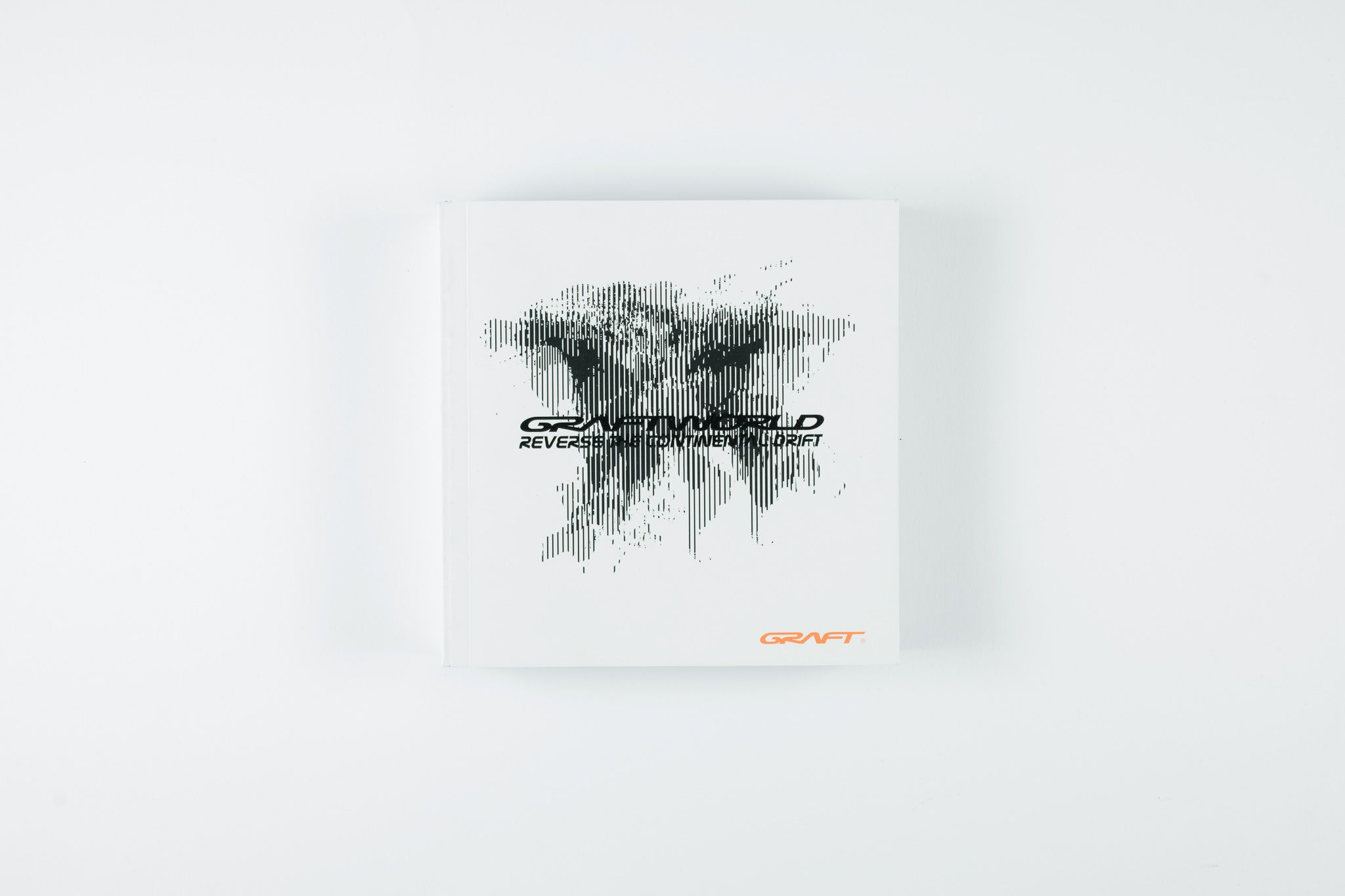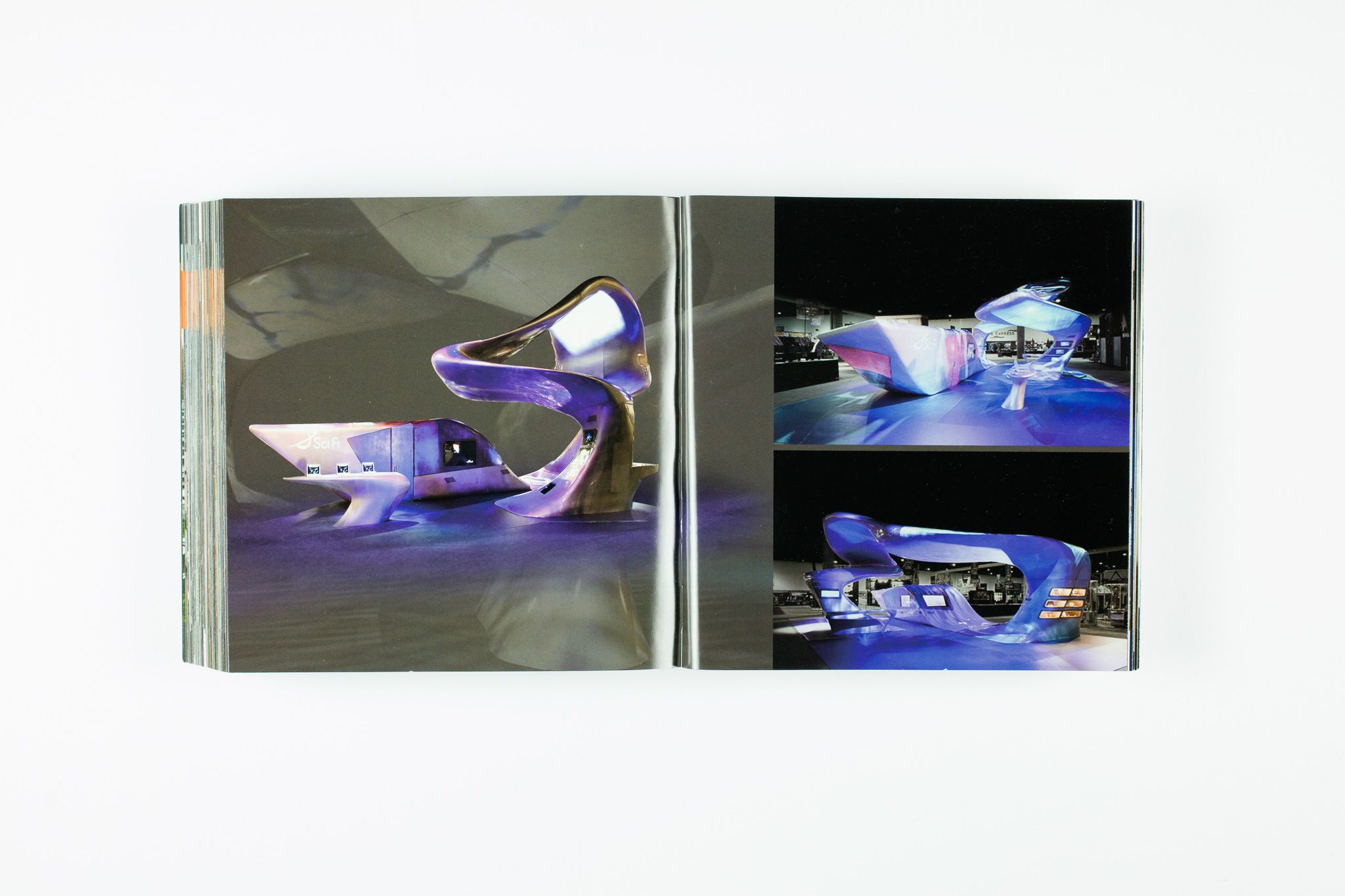
Graftworld
BackProject type
Publication
Status
Completed
Time
2007
Publisher
Language
English, German, Chinese
ISBN
3-937093-76-1
Reverse the Continental Drift
‘Phylloxera Vastarix’ is a parasite that originated in North America and infests the roots of vines. It is, in a manner of speaking, emblematic for GRAFT. In the mid-19th-century, it spread across Europe, infesting the native vines of European vineyards. Within a short space of time, one of the most prestigious, identity-forming cultural achievements of the Occident was at risk of being extinguished. The historical irony is that to save them, American wild roots were imported that had developed an immunity to the parasite: by grafting the celebrated, aristocratic scion onto the wild, resistant roof of the New World, a robust hybrid was created. Its purity was sacrificed in the interests of survival and fertility.
The “Reblaus” as the icon of “grafting”
Wine has always held a godlike status for humanity. Dionysus and Bacchus were powerful gods–loved, worshipped, and sometimes feared by man in the western hemisphere. yi-Ti is their Chinese counterpart, the inventor of wine. The immortality of these gods was never questioned. That is, it was never questioned until around 1860, when a little American bug imported by French winemakers who were experimenting with American grapes proved the myth wrong. Phylloxera vastatrix, commonly known as the vine pest (Reblaus in German), was feeding on the divine European roots with earthly hunger, and within a couple of years it had killed almost all the grapevines in France.
Driving French wine-lovers into a state of helpless agony, the pest progressed into Spain, Germany, and Italy, leaving a trail of devastation in its wake. The survival of the vine, and consequently of a beverage with 8,000 years of known history and with a richer and more complex taste than any other, was at stake. It appeared that Bacchus was mortal after all, and actually near death, leaving Mount Olympus without its favorite aphrodisiac. Panic took hold of Europe; for years nobody could find a cure to save the oldest and most noble culture of exhilaration.
The French eventually resorted to an unexpected solution: they introduced a foreign vine root, unsophisticated, rough, not bearing any grapes, that couldn’t possibly be used to make good wine, but it was resistant against the aphid. Onto this wild American root, the aristocratic European scion was grafted.
And only by the grafting of these two plants and the combination of their genetic properties was Bacchus saved. It is probably the case that any wine drunk today–be it Bordeaux or Bourgogne–is based on an American cowboy root. This story of an early problem of globalization and its resolution through a method called grafting managed to communicate different truths at so many levels simultaneously that we decided to call our firm GRAFT when we began. Grafting for us is a methodology, a way of acting in this world.






Paperback
234 pages
Editors
Kristin Feireiss, Hans Jürgen Commerell and GRAFT
Art direction
Li Mei, Claudia Tong



